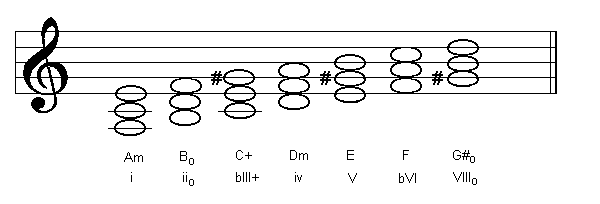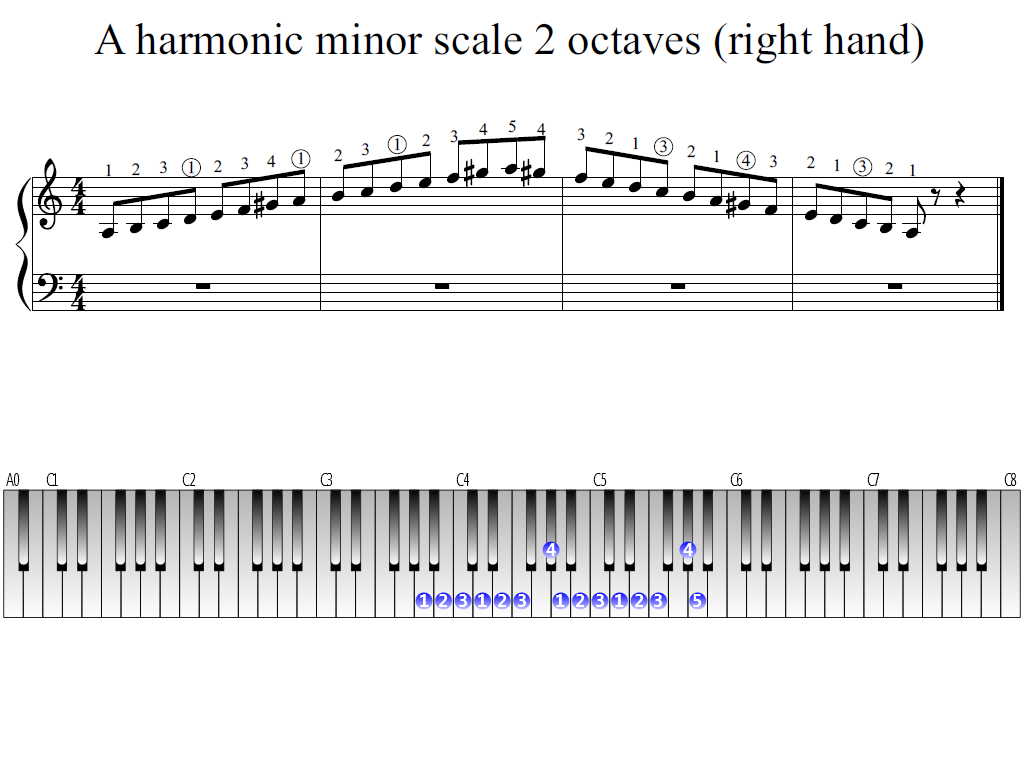

So now you know how to transform any natural minor scale into a harmonic minor scale and the history behind why it was created. I’ll tell you how they fixed that later… (cough cough – “melodic” minor scale). Note: The skip from “Ab” to “B” in this scale creates an interesting sound. When a minor melody is upward-bound, the 7th degree is often raised a half step so that it will make a leading tone to the tonic. Now, to transform this into a C harmonic minor scale, just take the 7th tone (Bb) and raise it a half step to B. In the key of C minor, it basically gets that “B” natural back so that the fifth chord can be major instead of minor. So that’s one reason the harmonic minor scale was created.Īll it does is take the natural minor scale and raise the 7th tone a half step. Well, because the fifth tone is G and if you create a chord off G by taking every other note, you’d get G+Bb+D, which is a G minor chord.Ĭontrast it with the regular C major scale (C D E F G A B C) and the 5th chord is G+B+D, which is a G major chord… the chord we’re used to hearing. This is the tone that forces the fifth degree to be minor. Let’s go to the key of C minor to make this even clearer. You try playing C minor to F minor to G minor and tell me how it sounds to you… kinda ancient and gloomy. But now that it was minor, it made music sound ancient and folkloric, at least to westerners.įor example, a common 1-4-5 progression would have all minor chords if you only played chords from the list above. It provided that strong pull needed to get back to the tonic, or first tone. This created a problem for western composers because the fifth tone was almost always major.

What I want you to pay attention to is the 5th tone and its chord. If you’ve read this post, then you’ll be familiar with the chords that correspond to the natural minor scale: The good news is that it is drop dead simple to play harmonic minor scales if you already know your natural minor scales.īut before I go there, let me talk about this first… Sometimes, the “natural” part makes all the difference when you’re differentiating between other types of minor scales like the “harmonic” and “melodic.” When you leave off the “natural” part, most people will know you’re talking about the regular minor scale though.īut back to the “other” minor scales because that’s exactly what I want to talk about today… the harmonic minor scale. When I say “minor scale,” I’m usually talking about the natural minor scale (the most common). If not, type “minor scale” in our search box and you’ll get tons of lessons.

So by now, you’re probably familiar with how to create minor scales.


 0 kommentar(er)
0 kommentar(er)
